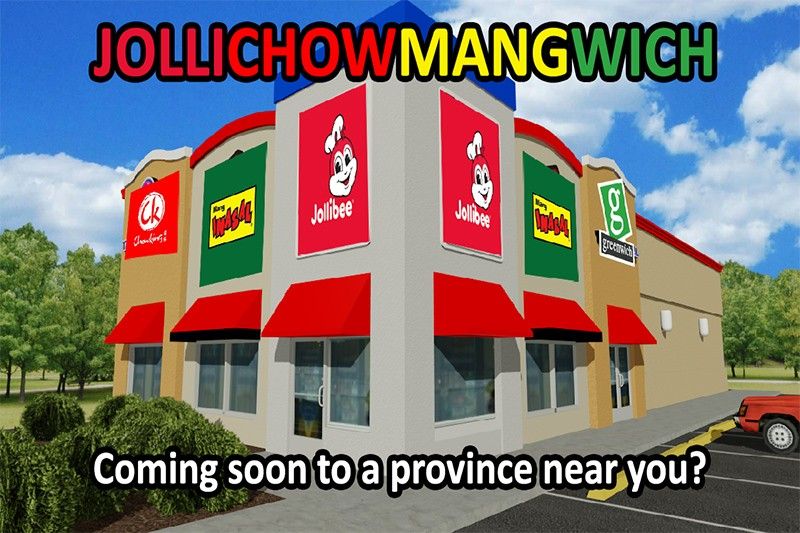DoubleDragon and Jollibee unveil new 'combo' strategy

DoubleDragon [DD 11.40 ?1.8%; 141% avgVol] and Jollibee [JFC 216.40 ?0.2%; 271% avgVol] [link] opened a new store format in DD’s CityMall-Calamba Laguna location that offers a four-brand combo store out of one kitchen. Customers can now go to a single location and order items from Jollibee, Mang Inasal, Greenwich, and Chowking in a “combined ordering process”. JFC calls this a “Multi-Brand Store” (MBS). DD said that this approach will “blend well” with DD’s “provincial community center concept” that drives the expansion of its CityMall concept. DD is led by Injap Sia but is a joint business venture with Tony Caktiong, the owner of JFC. The two are planning a nationwide rollout of the MBS format.
MB BOTTOM-LINE: JFC is basically taking a page out of the Yum! Brands playbook, the American company that owns KFC, Pizza Hut, and Taco Bell. Anyone who has had the pleasure of visiting a combination Pizza Hut and Taco Bell will know how well these locations can satisfy the selfish quick-service desires of individuals within a large group. The strategy even has its own song by Das Racist which is (of course) a complete banger. Oh god that song came out 15 years ago? I can’t believe that format just found a new way to provoke an existential crisis in me. That said, this strategy has real positive and negative consequences. On the positive side, there is greater cost efficiency in having the brands share resources and foot traffic, and in the marginal gains that can be had through cross-promotions. It can also make it cheaper to maximize the reach of each particular brand, as it doesn’t require a stand-alone location to establish a footprint in a provincial location. On the negative side, though, is the very real prospect of brand dilution. Will customers view the MBS format as being worth less than the sum of its parts? My personal experience with locations that use this strategy is that I assume that each brand has had to compromise (menu, service, or otherwise) in order to “fit” together with the other brands, that my “Taco Bell” experience at a combination Pizza Hut and Taco Bell will always be somewhat less than if I had that experience at a dedicated Taco Bell. I’ve also never been to a combo store location that has not felt like an every-man-for-himself, post-apocalyptic cafeteria. But is it good for the bottom line? The DOW is up about 160% since Yum! first used the combo strategy. Yum! is up 1,850%. That’s a very simplistic comparison that overlooks just an astounding number of difficult-to-compare differences and distinctions, but my point here is only that the use of the strategy was not a death signal for Yum!’s financial performance: they still aggressively employ the combination strategy today, and it’s seemingly benefitted shareholders quite handsomely. Again, I’m not saying “If Yum!, then JFC”; I’m just saying that moves that might look brand-hostile can actually end up making a lot of financial sense, and this is a move that has been made (and validated) by other quick-service superbrands.

Merkado Barkada is a free daily newsletter on the PSE, investing and business in the Philippines. You can subscribe to the newsletter or follow on Twitter to receive the full daily updates.
- Latest


























